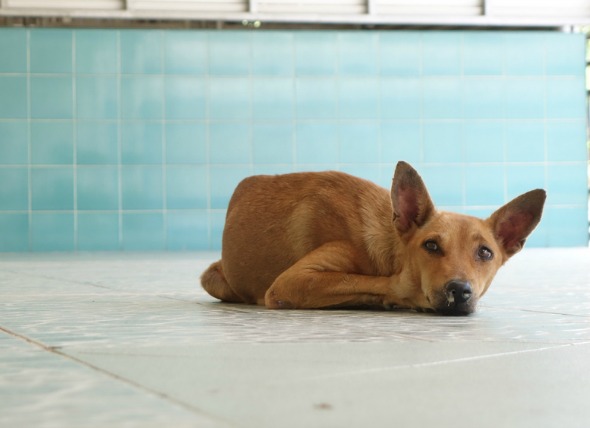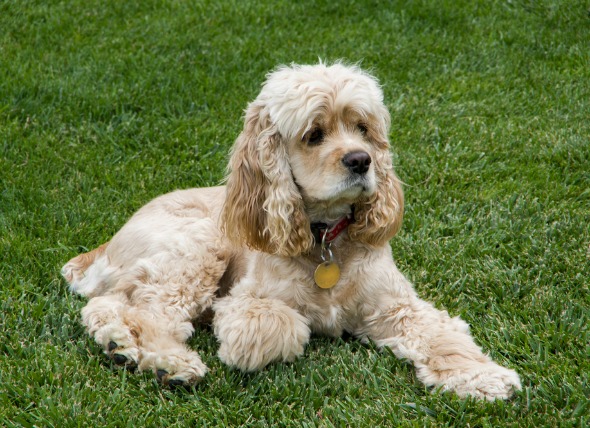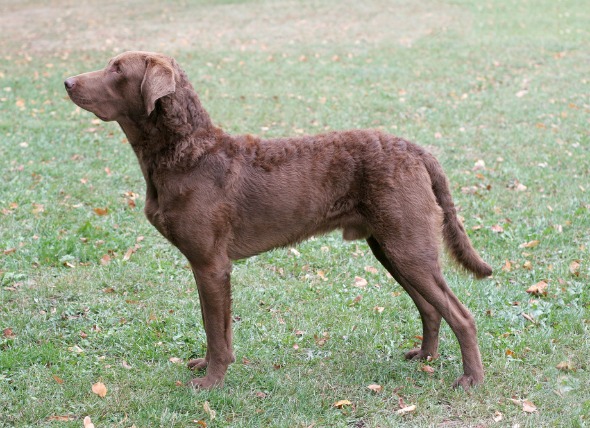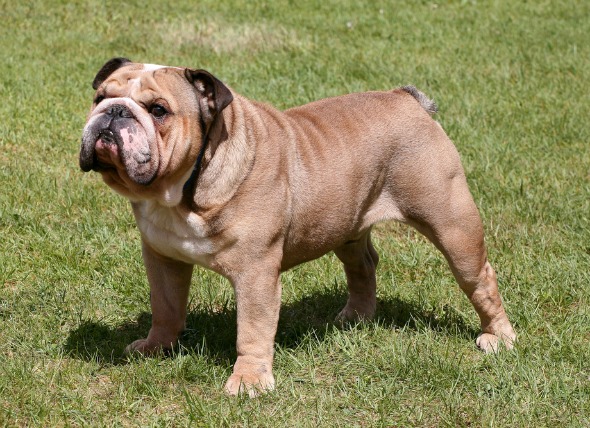
Nerve sheath tumors are tumors that grow from the myelin sheath that covers the peripheral and spinal nerves. This type of tumor affects the nervous system of the body, as it compromises the functioning ability of the peripheral and/or spinal nerves that form the peripheral nervous system and which reside or extend outside the central nervous system (CNS). Over 80 percent of such tumors affect the forelimbs of dogs. Any breed and gender may be affected.
The exact cause is not known.
You will need to give your veterinarian a thorough history of your dog's health, including a background history and onset of symptoms. Your veterinarian will conduct a complete physical examination with laboratory tests, including complete blood count (CBC), biochemistry profile, and urinalysis. The results of these routine laboratory tests are usually within normal ranges. The cerebrospinal fluid (CSF), the protective and nourishing fluid that circulates around the brain and spinal cord, will also be tested, but the findings are usually non-specific. For confirmation of the diagnosis your veterinarian may need to take biopsy samples from the nerve sheaths using ultrasound guidance. Radiographic studies, including x-rays, magnetic resonance imaging (MRI), and computed tomography (CT-scan) will provide further information for a solid diagnosis. MRI is the most specific test for diagnosis of this disease.
Your veterinarian may perform a surgical resection of the affected nerves. In some cases amputation of the affected limb will need to be performed in order to minimize the chances of a local recurrence of the tumor. More advanced surgical procedures will be required if it is necessary to perform the resection of nerve roots in the more delicate area of the spinal cord. Medications to reduce inflammation and edema (swelling) at the affected site will be prescribed, both to make treatment easier to perform and to make your dog more comfortable. Radiation following surgery can also be considered to decrease the chance of local recurrence. Whether to use radiation therapy or not will be decided by you and your veterinary oncologist.
After surgery, you should expect your dog to feel sore. Your veterinarian will give you pain medication for your dog to help minimize its discomfort. Keep in mind that pain medications must be used with caution, since one of the most preventable accidents that occur with pets is overdose of medication. Follow all directions carefully.
You will need to limit your dog's activity while it heals, setting aside a quiet place for it to rest, away from household activity, children, and other pets. You might consider cage rest for your dog, to limit its physical activity. Your veterinarian will tell you when it is safe for your dog to move about freely again, but during the recovery stage, only take your dog for very slow, short outdoor walks, or set up a spot near its resting area for it to urinate and defecate. Most dogs recover well from amputation, and quickly learn to compensate for the lost limb.
It is important to monitor your dog's food and water intake while it is recovering.
Nerve tumors are usually locally invasive and do not metastasize. However, local recurrence is common after surgical resection and will need to be treated again.
 Chronic Vomiting in Dogs
Vomiting is characterized by the contents of the
Chronic Vomiting in Dogs
Vomiting is characterized by the contents of the
 Liver Disease (Copper Storage) in Dogs
Copper-Storage Hepatopathy in Dogs
Copper storage
Liver Disease (Copper Storage) in Dogs
Copper-Storage Hepatopathy in Dogs
Copper storage
 Tumors of the Vagina in Dogs
Vaginal Tumors in Dogs
Vaginal tumors are the sec
Tumors of the Vagina in Dogs
Vaginal Tumors in Dogs
Vaginal tumors are the sec
 Paralysis in Dogs
Loss of Body Movement in Dogs
A dog’s abili
Paralysis in Dogs
Loss of Body Movement in Dogs
A dog’s abili
 Kidney Stones in Dogs
Nephrolithiasis in Dogs
Nephrolithiasis is
Kidney Stones in Dogs
Nephrolithiasis in Dogs
Nephrolithiasis is
Copyright © 2005-2016 Pet Information All Rights Reserved
Contact us: www162date@outlook.com